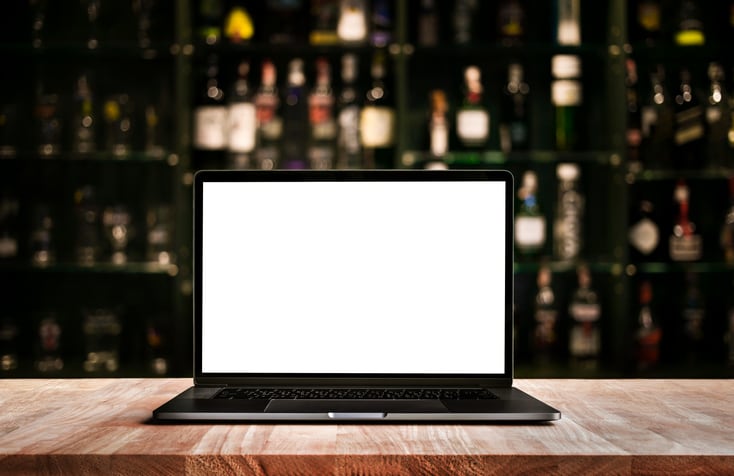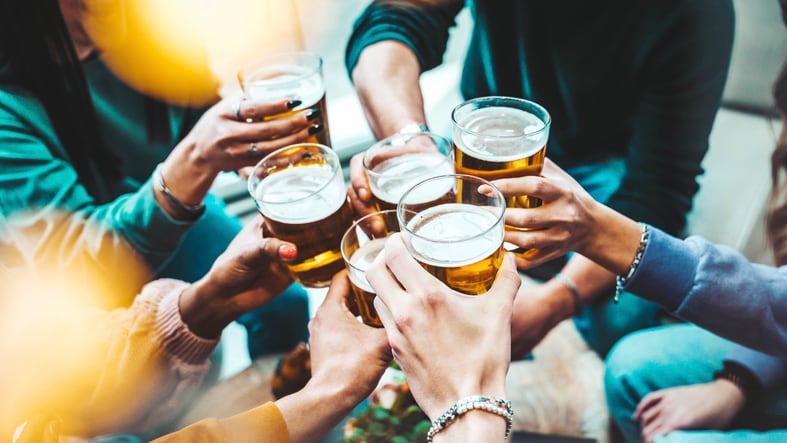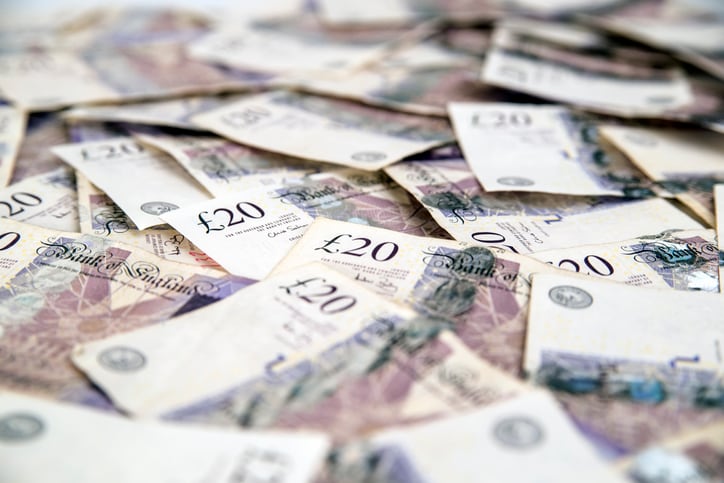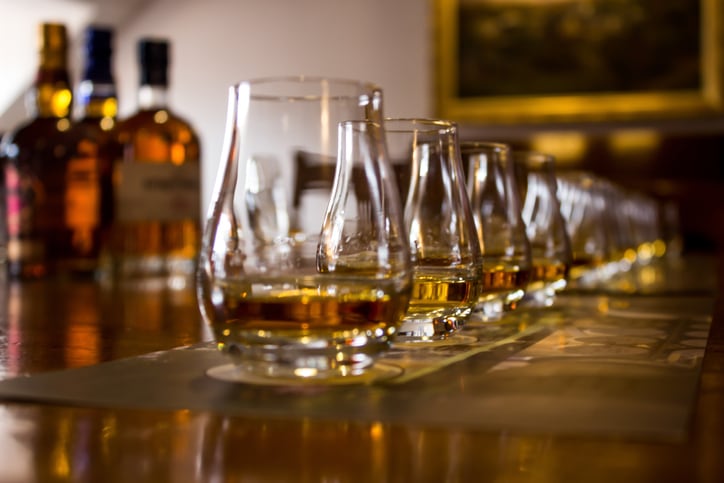The closure at the end of last month leaves a hole of nearly half a billion dollars in online alcohol sales in a market that has been evolving fast over the past few years. What other platforms will brands and consumers turn to - and what is the secret to success in the market?
Why the interest in alcohol ecommerce?
The pandemic pushed alcohol ecommerce into the limelight: growing 31% CAGR between 2019 and 2021, according to IWSR figures. That’s since naturally slowed as the market matures: but market analysts still project a 2022-27 value CAGR of 4.5% for 2022-2027.
That places the overall ecommerce value share of total beverage alcohol at around 4% or 4.5% of the total beverage alcohol market. And - seeing it as a trend here to stay - companies are increasingly willing to make the investment in infrastructure to sell online.
Drizly was a success story in the industry – and very much in the right place at the right time when it came to the pandemic (increasing from 1,250 retailers in mid-2019 to around 4,000 by the end of 2020: and growing sales 274% yoy to reach $1.17bn in 2020). By the start of this year, it covered 1,400 cities with a reach to more than 100 million customers across the US and Canada.
As an online marketplace, Drizly did not own a liquor license or own inventory: but acted as a platform where retailers could sell their products online. That meant making money from retailer fees, gathering data, and advertising revenue (Instacart, ReserveBar and Vivino also use this model).
The model worked in a similar way to food delivery platforms: users can browse products, pick their drinks and choose which stores they want to get them from. The store would then carry out delivery in under 60 minutes.
But in January, Uber announced it was closing down the platform.
The top players moving forward...
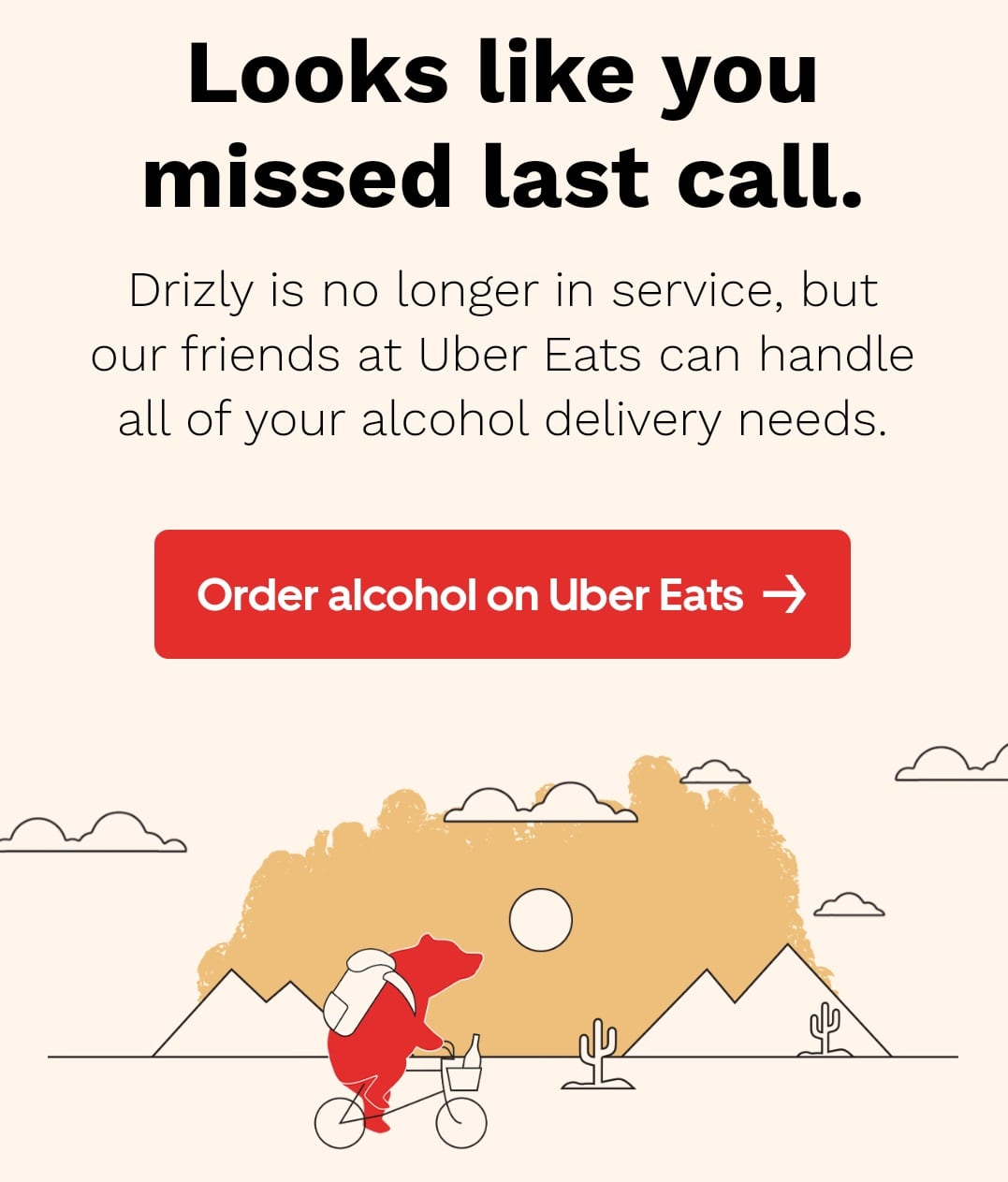
Up to now, Instacart and Drizly have been by far the largest players in the market (in 2021, they had around an 86% market share together, according to Rabobank estimates).
Uber hopes it can simply shift Drizly consumers over to Uber Eats: saying customers will value the convenience of a ‘one stop shop’.
(Despite Drizly’s popularity, it still did not touch the size of Uber Eats: Drizly's app had some 1 million downloads on Google Play, compared to Uber Eat's 100 million plus.)
Ecommerce software company MikMak, however, sees these consumers being distributed between multiple ‘quick commerce’ checkout options like Instacart, Uber Eats, Doordash, GoPuff and ReserveBar.
With 1 in 10 US consumers ordering alcohol delivery over the past six months, it recommends brands consider these retailers when planning ahead.
In its analysis of the US ecommerce landscape, MikMak uses a metric called ‘purchase intent clicks’ to measure a number of times a shopping clicks through to at least one retailer during a single-session. In 2023, Drizly came out on top, with 41.2% of purchase intent clicks, compared to the top five alcohol retailers at the time.
So where will that traffic relocate? According to the MikMak shopping index, Instacart is the next leader for alcohol retailers right now (40.3% of purchase intent clicks); followed by Total Wine (24.3%), then Walmart (22.9%), Minibar (8%) and Kroger (4.5%).
“We also expect other retailers with last-mile delivery options similar to Drizly, such as GoPuff, Uber Eats, Reserve Bar, and Doordash, to be key players when alcohol shoppers select their new go-to retailers,” says the company in its analysis.
What Drizly did well
Drizly's value came from the fact it had spent a decade building up a marketplace of local retailers, building up a network of mainly independent liquor stores.
"Drizly always offered consumers an exceptional shopping experience," said Bourcard Nesin, beverages analyst at Rabobank. "Their alcohol-only focus meant that they were just better at selling alcohol than their competitors, allowing shoppers to easily compare prices, sort products by alcohol-specific criteria like price, country, and varietal, and allowing alcohol manufacturers to manage their product detail pages. The latter contributed to a superior, clean-looking website."
The fact is that Drizly's closure has left a big hole in the market, he continues.
“Make no mistake, shutting down Drizly is not good for alcohol brands,” he said. “Nearly half a billion dollars in online alcohol sales disappeared overnight."
Retailers may now be cautious of turning to platforms with high transaction fees and consumer experiences that don't live up to Drizly, he said.
“Some retailers will turn to lower-cost and operator-centric white label providers, like City Hive, to maintain an online presence. Others will simply stop selling online.”
What does the future ecommerce market look like?
Getting ahead in ecommerce requires understanding who the top consumers are and why they turn to the platform.
Online consumers in the US are skewed towards men, millennials, those on higher incomes and people with broader alcohol repertoires, explains Adam Rogers, Research Director for North America, IWSR.
Challenges to alcohol ecommerce
While speed of delivery is key for some consumers, not all are prepared to pay for this. High delivery charges are one of the top challenges for the category's growth, says Rogers.
And while online shopping gives dedicated consumers the chance to research and compare, other consumers still simply prefer the experience of shopping in store.
"Buying online is mainly driven by personal treats and replenishment," he said. "Online buyers favor ecommerce for gifts and special offers. There is demand for broad selections and rare drinks, with a notable increase in preference for buying craft drinks online. Ecommerce generally involves buying more expensive alcohol, with millennials spending most, especially on whisky."
What's all the more important is the high engagement online consumers have: being prepared to spend the time and effort into searching out what they buy.
"Research plays a crucial role in the online buying process, with personal recommendations and brand websites significant sources of information," said Rogers.
Speed of delivery is also important to online orders: with more than three-quarters of online buyers shopping with a specific time frame in mind, with a same day delivery considered to be important, according to IWSR research.
Gopuff is an instant commerce platform with this focus on speed: delivering thousands of items (including alcohol, but also including everything from snacks to soft drinks and fresh grocery goods) in as little as 30 minutes. That represents something that customers ‘greatly value’, according to Daniel Folkman, SVP at Gopuff.
The company is ready to make the most of Drizly's closure: currently running a promotion on alcohol orders from new customers on the platform.
“At this moment in time, we see a great opportunity to show new, potential consumers that there is great value in leveraging our Gopuff services, both through Gopuff and BevMo! by Gopuff,” he said.
Unlike Drizly, the company has its own licence and delivers directly to consumers from hundreds of local micro-fulfillment centers. In 2020 it acquired BevMo!, a specialty beverage retailer on the West Coast which also sells online.
What today’s customers are looking for is convenience and value, continues Folkman.
“We know consumers are looking for a few key elements when it comes to buying alcohol, whether that’s in-store, for pickup, shipping or delivery.
"The first is convenience. Customers want to be able to access all of their needs in one place, from wine and beer to snacks and home essentials.
"Second, is value. As inflation continues to impact daily life, customers are looking to get the biggest bang for their buck whenever they’re shopping, and this is also true in the alcohol category. And finally, speed. All customers, particularly the younger generations, are demanding faster and faster delivery of the things they want.
Wine
A specific area of Gopuff alcohol e-commerce that has seen growth is Gopuff wine orders: with a 20% increase in sales across Gopuff wine deliveries over the past year.
“So, rather than getting their wine delivered and then running out for snacks, making multiple trips to prepare for a dinner party, or paying multiple delivery fees for separate orders, customers prefer a single shop where they can get everything they need quickly.
"This is what saves them time in their lives, makes life easier, and saves more time visiting the store.
"Consumers increasingly seek faster and faster access to the products they need, greater convenience and value. Instant delivery is here to stay.”

